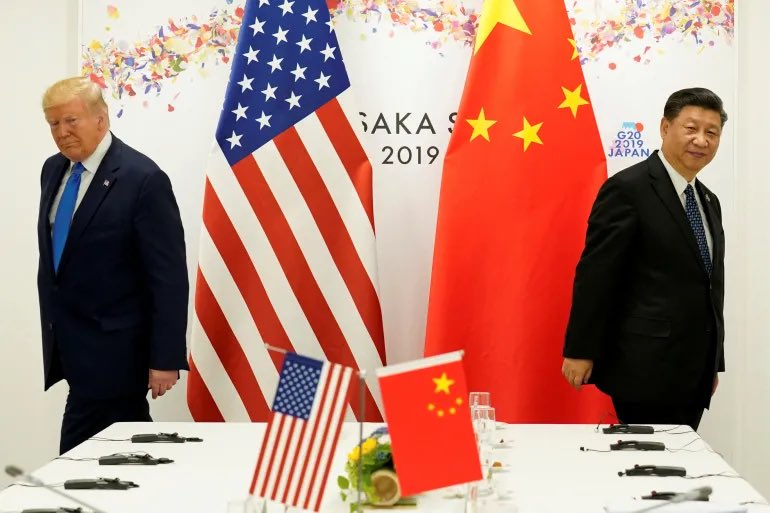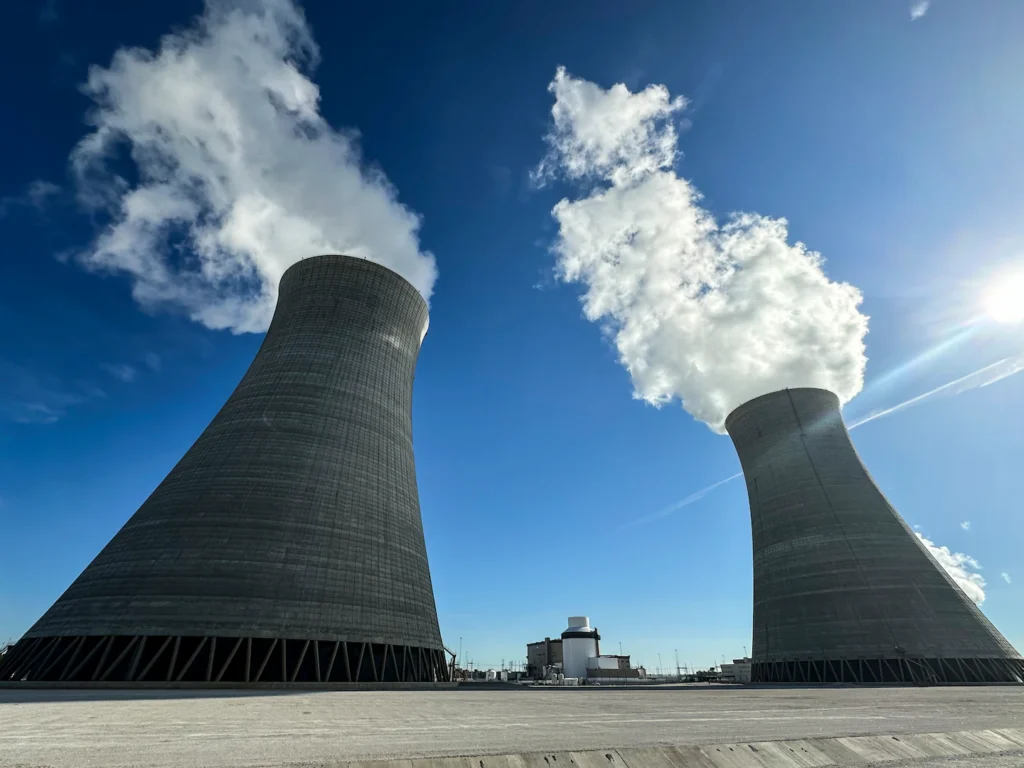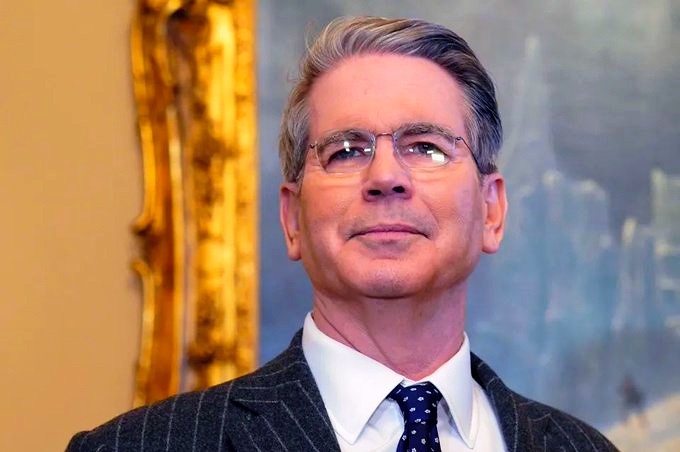The Trump’s $80 Billion Nuclear Gamble announced plans on Tuesday to build several new nuclear power plants using reactors manufactured by Westinghouse Electric Company, reportedly costing $80 billion.
Westinghouse, which owns Brookfield Asset Management and Cameco Corp., recently announced an unusual deal. The United States intends to fund the construction of at least $80 billion worth of Westinghouse reactors. The deal includes equity in addition to helping fulfill President Donald Trump’s plan to develop 10 new nuclear power plants by 2030.
If Trump’s $80 Billion Nuclear Gamble government implements this plan, it will receive a 20% share of any dividends paid by Westinghouse above the $17.5 billion threshold. If the US achieves this within the next three years, and if Westinghouse’s valuation reaches at least $30 billion at that time, the company could go for an initial public offering (IPO) with government warrants that can be converted into equity stakes.
Trump’s $80 Billion Nuclear Gamble new deal is a partnership between the federal government, Westinghouse, Brookfield Asset Management, and uranium fuel supplier Cameco. Westinghouse is owned by Brookfield and Cameco.

Most of the reactors built by China in recent years are versions of Westinghouse’s AP1000. The country plans to add dozens of reactors, bringing the total number of reactors in the US nuclear power plant fleet to more than 90.
Japan’s role in the exchange of okra was not clear, which led to different interpretations of this $550 billion “fund” depending on where it was located in the Pacific Ocean. It is possible that a large part of the Trump’s $80 Billion Nuclear Gamble will be recovered from the Japanese industrial firm that supplied the components. Japan agreed to share intelligence with the US and set up a nuclear reactor construction initiative, with Mitsubishi Heavy and Toshiba also expected to be included in the effort, which is expected to cost up to $100 billion.
In this new project, Westinghouse’s AP1000 reactor will be used, which was recently installed at the Ego power plant in Georgia, USA. The Banal Duno reactor was the first new Banal reactor in the country in decades. The AP1000 reactor led the nuclear renaissance of the early 2000s, and nearly two dozen new reactors were planned across the country.

However, only two projects, at the Alvin W. Vogel Electric Generating Plant in Waynesboro, Georgia, near Augusta, have reached the finish line, costing approximately $35 billion—$20 billion more than initially estimated. Construction of the reactors was completed several years later than planned.
In California, Governor Gavin Newsom supported extending the life of the state’s last nuclear power plant—the Diablo Canyon power plant—and received support from the Biden administration.
Critics of nuclear projects argue that new reactors are expensive compared to renewable energy sources like solar and wind power. These questions arise about how the Trump’s $80 Billion Nuclear Gamble will be used and financed. The Trump administration has provided very little information about its plans for Westinghouse.
Mark Cooper, an economic analyst at the Energy and Environment Institute at the University of Vermont’s Graduate School of Law, said the $80 billion goal would cover the additional costs of nuclear power.



